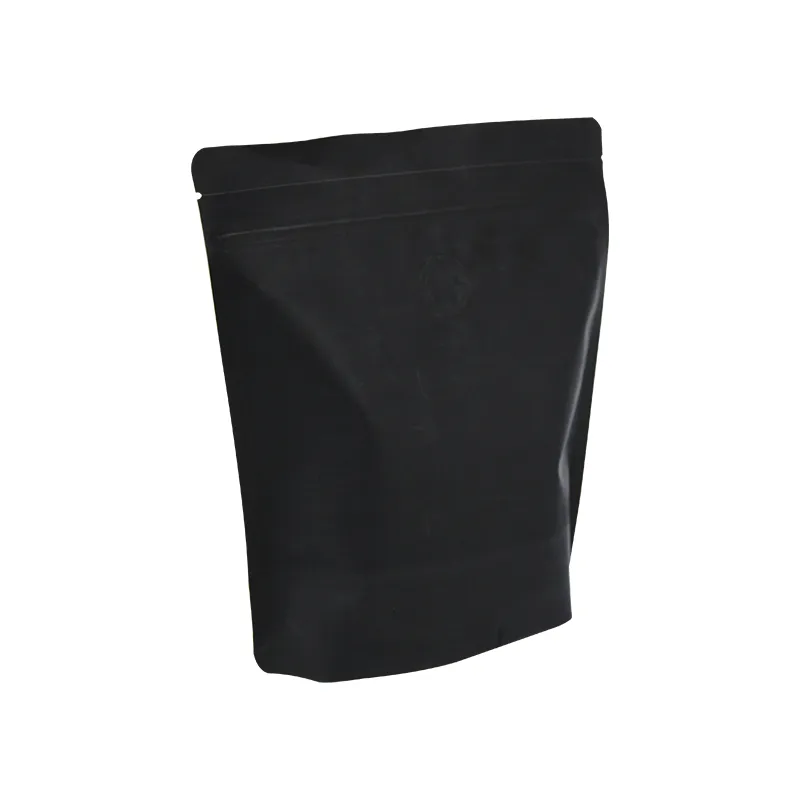- Afrikaans
- Albanian
- Amharic
- Arabic
- Armenian
- Azerbaijani
- Basque
- Belarusian
- Bengali
- Bosnian
- Bulgarian
- Catalan
- Cebuano
- chinese_simplified
- chinese_traditional
- Corsican
- Croatian
- Czech
- Danish
- Dutch
- English
- Esperanto
- Estonian
- Finnish
- French
- Frisian
- Galician
- Georgian
- German
- Greek
- Gujarati
- haitian_creole
- hausa
- hawaiian
- Hebrew
- Hindi
- Miao
- Hungarian
- Icelandic
- igbo
- Indonesian
- irish
- Italian
- Japanese
- Javanese
- Kannada
- kazakh
- Khmer
- Rwandese
- Korean
- Kurdish
- Kyrgyz
- Lao
- Latin
- Latvian
- Lithuanian
- Luxembourgish
- Macedonian
- Malgashi
- Malay
- Malayalam
- Maltese
- Maori
- Marathi
- Mongolian
- Myanmar
- Nepali
- Norwegian
- Norwegian
- Occitan
- Pashto
- Persian
- Polish
- Portuguese
- Punjabi
- Romanian
- Russian
- Samoan
- scottish-gaelic
- Serbian
- Sesotho
- Shona
- Sindhi
- Sinhala
- Slovak
- Slovenian
- Somali
- Spanish
- Sundanese
- Swahili
- Swedish
- Tagalog
- Tajik
- Tamil
- Tatar
- Telugu
- Thai
- Turkish
- Turkmen
- Ukrainian
- Urdu
- Uighur
- Uzbek
- Vietnamese
- Welsh
- Bantu
- Yiddish
- Yoruba
- Zulu
how thick is sheet of paper
How Thick is a Sheet of Paper?
When you pick up a piece of paper, you may not give much thought to its thickness or how it compares to other sheets of paper or materials. However, the thickness of paper can significantly influence its use in various applications, from printing and writing to packaging and crafting. In this article, we'll explore how thick a standard sheet of paper is, the factors that determine its thickness, and its implications for everyday use.
Understanding Paper Thickness
The thickness of paper is commonly referred to as its “caliper,” which is typically measured in thousandths of an inch (mils) or in micrometers (microns). A standard sheet of printer paper, commonly referred to as bond paper, is usually around 0.1 millimeters thick, or approximately 4 mils. This measurement can vary slightly depending on the paper’s weight and type.
For context, different types of paper have varying thicknesses. For instance, cardstock, which is typically used for making business cards and invitations, is thicker than standard printer paper and can measure anywhere from 0.2 to 0.4 millimeters. On the other end of the spectrum, tissue paper is much thinner, often measuring about 0.025 millimeters, making it one of the lightest paper types.
Factors Affecting Paper Thickness
1. Weight The weight of paper, often measured in grams per square meter (gsm), is a crucial determinant of its thickness. Common printer paper is typically 70-90 gsm, while cardstock can range from 200 gsm and above. Heavier papers, naturally, are thicker.
2. Manufacturing Process The way in which paper is manufactured can also affect its thickness. The pulp used, the processes in which it is treated, and the drying methods all contribute to the final thickness of the paper product.
how thick is sheet of paper

3. Moisture Content The moisture in the air can impact paper thickness. When paper absorbs moisture, it can swell and become thicker. Conversely, in drier conditions, paper can lose moisture and shrink, leading to a thinner appearance.
4. Additives and Coatings Some papers are treated with coatings that can enhance their strength, appearance, or printability. These additives can add to the overall thickness of the paper. For example, glossy photo paper has a coating that makes it thicker than standard printer paper.
Practical Implications of Paper Thickness
Understanding paper thickness is essential for both consumers and businesses. For instance, when selecting paper for printing, the thickness can affect the quality of the print and the performance of the printing machine. Thicker papers might jam printers more frequently if the device is not suited for heavier stocks.
In packaging, the thickness of paper plays a critical role in protecting the items within. Thicker cardboard boxes provide better protection for fragile contents, while thinner papers can be used for lightweight items and shipping envelopes.
Additionally, paper thickness can influence the tactile experience of products such as stationery or business cards. A thicker card can convey a sense of luxury and robustness, making it more appealing for business professionals looking to make an impression.
Conclusion
In conclusion, while a sheet of paper may seem simple at first glance, its thickness can vary greatly based on several factors including weight, manufacturing processes, and intended use. The thickness of paper not only affects its physical properties but also its practical applications across various industries. Whether you’re a student preparing a report, a professional printing business cards, or a crafter working on a project, understanding how thick a sheet of paper is can help you make informed choices about the materials you use. So next time you reach for a piece of paper, take a moment to appreciate the intricacies involved in its creation and how its thickness can enhance your everyday tasks.













